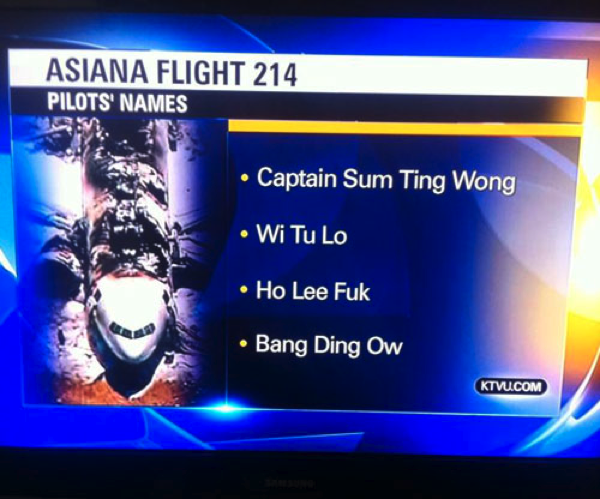IF those allegations are true, in my opinion it would indicate poor piloting skills and a disregard for safety.
Have any data, to support your claims? Maybe the flight aware data could be analyzed, however the sampling rate of the flight aware data does not seem to be consistent or at a high enough rate to be of much use. The timestamps on the data available to the public seem to be somewhat arbitrary/inconsistent.
In my opinion pilots that dip below the flight path to make a flatter landing are often compensating for lack of piloting skills. Such behavior would seem to indicate they are compensating for not having the skills to do a flared landing. I think flatter approaches that go below the flight path are often a dangerous crutch, for those that don't have the piloting skills to properly flare a landing.
Getting the flare right can be difficult, especially for a pilot not familiar with an aircraft characteristics or vigilant enough to be familiar with an aircraft characteristics.
I had a friend whose first landing of a large commercial airline was empty (a ferry flight). His first landing was very easy and a greaser but went a little long because of the ground affect and other flare characteristics of a light wind loading. His second landing was heavy laden, so the flare characteristics were noticeably different, and his landing was somewhat hard.






